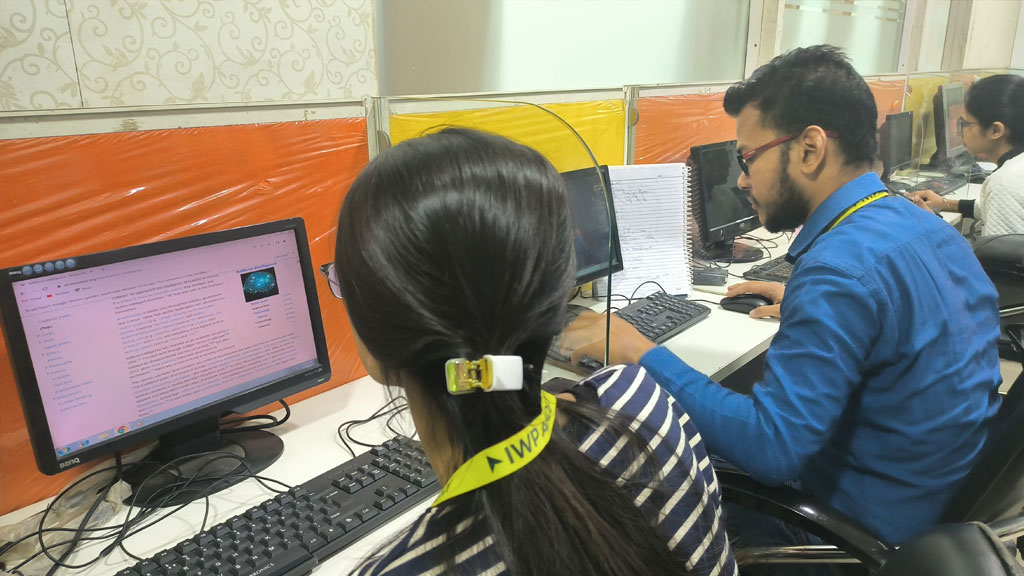Introduction: In an era where technology and creativity converge, multimedia courses stand as gateways to a dynamic world of storytelling, design, and innovation. In this blog post, we’ll explore the vibrant landscape of multimedia courses, delving into the diverse skill sets and hands-on experiences that empower individuals to shape digital narratives across various platforms.
- Defining Multimedia:
- Unpack the concept of multimedia and its role in combining various forms of content, including text, graphics, audio, video, and interactive elements.
- Explore how multimedia transcends traditional boundaries, offering a holistic approach to communication and storytelling.
- Multimedia Elements and Tools:
- Discuss the fundamental elements of multimedia, such as graphics, audio, and video.
- Explore the essential tools used in multimedia creation, ranging from graphic design software to video editing and interactive media platforms.
- Storytelling in the Digital Age:
- Highlight the significance of storytelling in multimedia, emphasizing how it differs from traditional narratives.
- Discuss the importance of engaging audiences through compelling and interactive digital stories.
- Graphic Design and Visual Communication:
- Explore the role of graphic design in multimedia, covering principles such as layout, typography, and color theory.
- Discuss how visual communication plays a pivotal role in conveying messages effectively across digital platforms.
- Video Production and Editing:
- Dive into the world of video production, covering shooting techniques, editing software, and the art of visual storytelling.
- Discuss how multimedia courses equip individuals with the skills to create impactful videos for diverse purposes.
- Audio Production and Editing:
- Explore the significance of audio in multimedia, covering aspects of recording, editing, and incorporating soundscapes.
- Discuss how audio enhances the overall user experience and emotional impact of multimedia content.
- Interactive Media and User Experience (UX):
- Highlight the interactive nature of multimedia and its impact on user engagement.
- Discuss the principles of user experience (UX) design and how multimedia courses teach the art of creating user-friendly and immersive digital experiences.
- Web Design and Development:
- Explore the role of web design in multimedia, covering principles of layout, navigation, and responsive design.
- Discuss how understanding web development enhances the capabilities of multimedia professionals.
- Animation and Motion Graphics:
- Delve into the world of animation and motion graphics, exploring their applications in multimedia content.
- Discuss how multimedia courses teach the skills needed to bring static images to life through motion.
- Portfolio Building and Industry Exposure:
- Highlight the importance of creating a strong portfolio showcasing diverse multimedia projects.
- Discuss how multimedia courses often include opportunities for industry exposure, internships, and collaboration with professionals.
Conclusion: Embarking on a multimedia course is not just about mastering digital tools; it’s a journey into the heart of digital expression and communication. Whether you dream of becoming a multimedia designer, video editor, or interactive media specialist, a multimedia course provides the foundation to transform your creative ideas into captivating digital experiences. So, step into the world of multimedia, where pixels meet passion, and let your creativity redefine the digital landscape!

